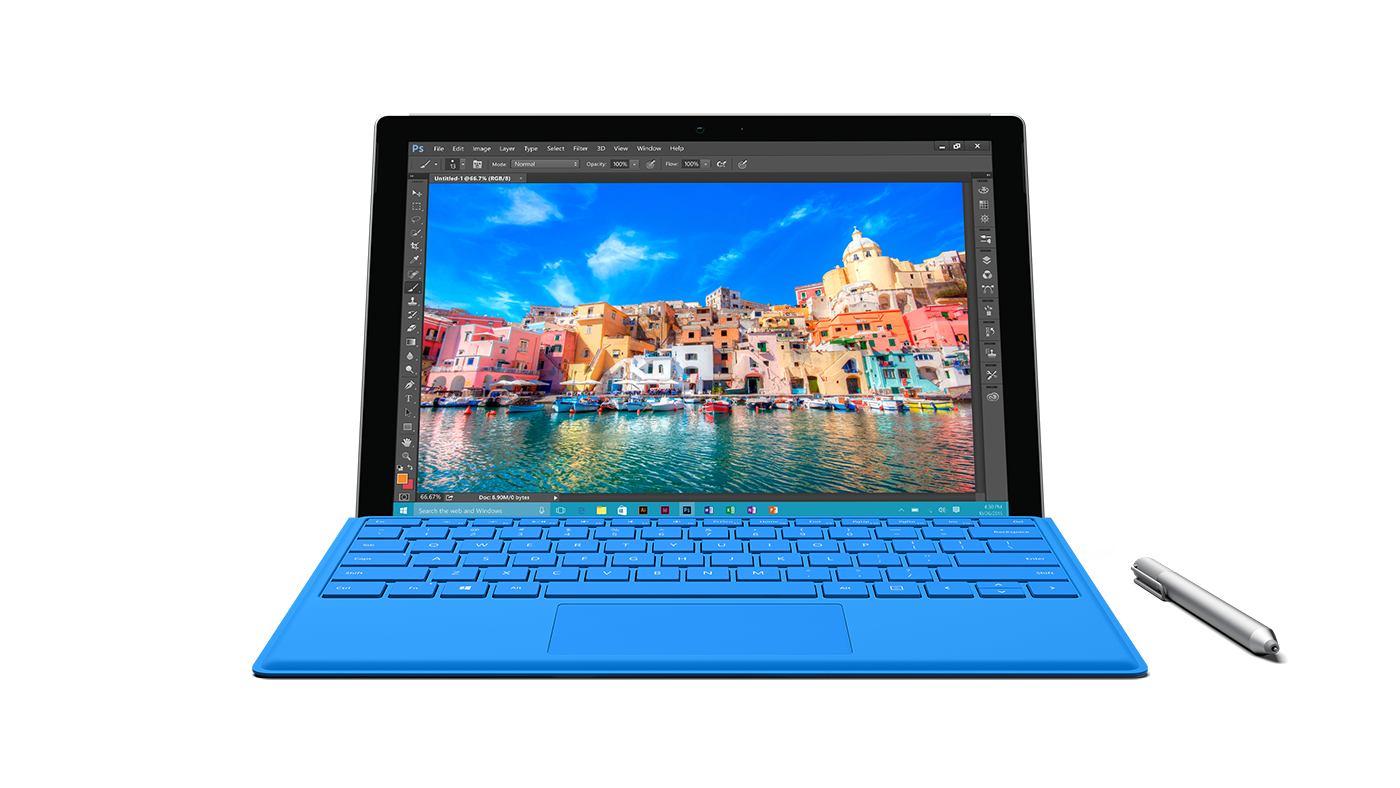You can change the display language and time zone for all your Microsoft 365 apps and services at the same time.
- From the home page select Install Office (If you set a different start page, go to aka.ms/office-install.) Select Office 365 apps to begin the installation. The 64-bit version is installed by default unless Office detects you already have a 32-bit version of Office (or a stand-alone Office.
- Sign in to Microsoft 365 with your work or school account. At the top corner of your screen, select Settings to open the Settings pane, then select Change your language. Under Display Language, select the pencil icon, then select your language from the list.If you want, make changes to the time zone and time displays as well. If you don't see a Settings pane.
See full list on docs.microsoft.com. Office 365 Business is now Microsoft 365 Apps for business Why did you change the name from Office 365 to Microsoft 365? We changed the name to be more reflective of the range of features and benefits in the subscription.
Important: Some Microsoft 365 settings, including display language, can't be changed by users in certain Microsoft 365 configurations, such as hybrid environments. If none of the following procedures work for you, contact your organization's IT administrator for help.
Sign in to Microsoft 365 with your work or school account.
At the top corner of your screen, select Settings to open the Settings pane, then select Change your language.
Under Display Language, select the pencil icon, then select your language from the list. If you want, make changes to the time zone and time displays as well.
If you don't see a Settings pane
Depending on your organization's Microsoft 365 configuration, you might find Settings in a different place.
At the top corner of your screen, select Settings > Microsoft 365 settings, and select the Settings tab.
Select Language and time zone and choose the language you want. Then select Save.
If you don't have a language setting option
In some Microsoft 365 installations, display language and some other settings can only be changed by IT admins, as shown below. If you can't change your display language, ask your organization's Microsoft 365 administrator for help.
More about language settings
Changing your display language doesn’t affect the language settings for anyone else. If other people use the same computer, their display language is determined by their own Microsoft 365 settings.
You also set a display language when you sign in to Outlook on the web for the first time. However, the Microsoft 365 language setting overrides the setting in Outlook on the web if they're different.
Currently, more languages are available for Outlook on the web than for other services (such as team sites) in Microsoft 365.
The following Microsoft web applications currently use the display language set on this page: Outlook on the web, SharePoint in Microsoft 365, OneDrive for work or school, Excel, OneNote, PowerPoint, Word, Visio, Delve, MyAnalytics, Bookings, Calendar, People, Admin Center, and Office.com.
After you select a new display language it may take up to 24 hours to change in the following Microsoft web applications: SharePoint in Microsoft 365, OneDrive for work or school, Excel, OneNote, PowerPoint, Word, Visio, Delve, and MyAnalytics.
Business Central introduces the ability to manage business interactions with your customers and vendors, directly in Microsoft Outlook. With the Business Central Outlook add-ins, you can see financial data related to customers and vendors, as well as create and send financial documents, such as quotes and invoices.
Getting the Add-in
It is easy to get started with the Business Central add-in for Outlook. In the Set up your Business Inbox in Outlook assisted setup guide, you can set up the connection for yourself or for your organization if your organization uses Microsoft 365. Simply specify your Microsoft 365 user name and password, if you are prompted, and tell us if you want to receive a sample email message. The Business Central add-ins are then automatically added to your Outlook. For more information, see Minimum Requirements for Outlook.



Then, when you open Outlook, you will see an email message from Dynamics 365 Business Central Admin. The new add-ins are added to the Outlook ribbon, and in the browser, you can see the Business Central add-ins immediately above or below the body of the email message. The add-ins are updated periodically, and you'll get notified that a new version is ready for you in Outlook.
Tip
If you use the new Outlook on the web, then the Business Central add-ins can be hidden under More actions. If you use the add-in often, you can pin it so that it is always immediately visible. For more information, see Using add-ins in Outlook on the web.
If you work with more that one Business Central company, you can easily switch between companies in Outlook. In the add-in's action bar, choose More Actions, and then you can see the option for switching between companies.
Note
Switching between companies requires Business Central 2019 release wave 2 or later as announced in the release plan.
Some companies using Microsoft 365 restrict users' permissions to deploy add-ins. So you must make sure that you have a Microsoft 365 subscription that includes email and allows you to deploy add-ins. If you want to try out the add-in anyway, you can try Microsoft 365 for free.
Outlook 365 Business Contact Manager
Using the Contact Insights Add-in
Let's say that you get an email from a customer that wants to get a quote on some items. Directly in Outlook, you can open the Business Central add-in, which recognizes the sender as a customer, and opens the customer card for that company. From this dashboard, you can see overview information for the customer, as well as drill down for more detail on specific documents. You can also dig into the sales history for the customer. If it's a new contact, you can create them as a new customer in Business Central without leaving Outlook.
In the add-in, you can create a sales quote and send it back to this customer without leaving Outlook. All of the information that you need to send the sales quote is available in your business inbox in Outlook.
Once you have the data entered, you can post the quote. You can then send it by email. Business Central generates a .PDF file with the sales quote and attaches it to the email message that you draft in the add-in.
Similarly, if you get an email from a vendor, you can use the add-in to work with vendors and purchase invoices.
Sometimes you want to see more fields than you can see in the add-in, such as when you want to fill in lines in an invoice. To give you a bit more space to work with, you can pop out the add-in to a separate page. It's still part of Outlook, but you have more space. As you enter data for the document in the pop-out view, the changes are automatically saved. When you are done entering data for the document, you can choose the OK button. Choosing the add-in frame in Outlook automatically refreshes the document with the changes you made in the pop-out view.
Creating Invoices from Your Meeting Appointments
Some businesses record all billable appointments in the Outlook calendar. With Business Central, you can create the invoice for the customer right from the calendar item: Open the appointment, and then you can open the Business Central add-in, look up existing information or create an invoice or another sales document right there.

Doing Quick Document Lookup
The Business Central Document Links add-in gives you quick access to documents mentioned in email messages. The add-in is available for an email message if a document number is recognized in the body of the message. Opening the add-in provides quick access to the document.
For example, if you receive an email message that mentions the text S-QUO100, Business Central identifies that as a sales quote, and so you can open this document in Outlook. In Outlook, choose the Document Links button immediately above the body of the email message. In the Outlook Web App, choose the S-QUO1001 text in the body of the email message.
In the Document Links add-in, you can modify and take actions with the document, just like you can in Business Central.
Adding the Add-ins Manually
In some cases, the add-ins do not get added automatically to Outlook. Even if you or a colleague ran the assisted setup guide on behalf of the company, Business Central might not show up in Outlook. If you experience this issue, you can add the Business Central add-ins manually.
First, you must verify that you have access to the add-ins in your Microsoft 365 account. Quite simply open your Outlook in a browser, open a message, select More actions (...) at the top of the message, and then, at the bottom of the list, choose Get Add-ins. This opens the Add-ins for Outlook page, where you can enable Business Central for your Outlook. Then, when you navigate back to Outlook, Business Central should be available.
Similarly in the Outlook desktop client, you can verify that Business Central is listed on the Get Add-ins page.
In both cases, if Business Central is still not available, you have to get the add-in manifest files. For more information, please contact your Microsoft 365 administrator.
Using Other Email Accounts
The add-ins are designed to be used with Microsoft 365. If you use Business Central on-premises, your administrator will know if you can use the Business Central add-ins in Outlook. For more information, see What email address can I use with Business Central?, and the Features that require specific circumstances article and the Why doesn't the Outlook add-in work for my users? section in the general FAQ in the administration content.
See Related Training at Microsoft Learn
See Also
Getting Ready for Doing Business
Getting Business Central on my Mobile Device
Send Documents by Email
Finance
Sales
Purchasing
Minimum Requirements for Outlook
Using add-ins in Outlook on the web
Note
Outlook 365 Business Pricing
Can you tell us about your documentation language preferences? Take a short survey.
The survey will take about seven minutes. No personal data is collected (privacy statement).
